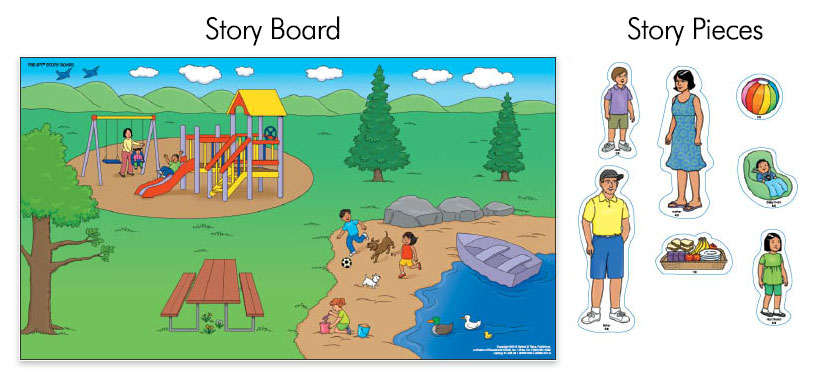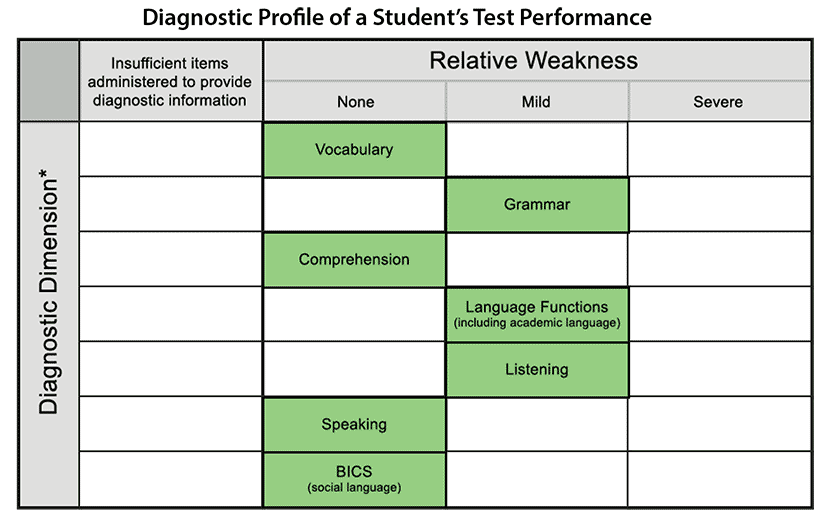Preschool Language Proficiency Screener


English & Spanish language proficiency

Tens of thousands of preschoolers are tested annually with the Pre-IPT. Find out why.
Boston Public Schools has been using the Pre-IPT as an English language proficiency screener for our 3-year-olds since 2015. The test results help our teachers plan for language instruction. Teachers find the test easy to administer. - Winnie Moy, Data & Assessment Specialist
A 3-star quality rating head start program testing over 200 students annually with Pre-IPT English since 2014.
“The Pre-IPT tells us each child’s language ability which enables our teachers to create individualized instructional strategies. Our teachers use this information in the classroom daily to scaffold for English learners. The paper dolls and game board make kids think they are playing a game when being tested; it’s fun for them.” - Cathy Speck, Dual Language Learner Coordinator
HOW IT WORKS

Test language: English or Spanish
Ages: 3-5 years
Time per student: 10-15 minutes
- Paper-based or Online scoring
- Immediate results for placement
- Stopping rules ensure students only test up to their level
- Proficiency Levels and Designations
- Proficiency Levels: Beginning, Early Intermediate, Intermediate, Early Advanced, and Advanced
- Designations: Non-, Limited, and Fluent
- Standardized scores (scaled scores, percentiles, NCEs) are included to serve those who prefer these types of scores
WHAT IT SHOWS
- Comprehensive assessment of interactive listening and speaking skills—assesses vocabulary, comprehension, syntax, and verbal expression
- Assesses BICS and CALP
- Diagnostic profile to evaluate students’ strengths and weaknesses
- Easy to read reports summarize child’s language profile
- Parent letters explaining testing process and scoring

- Student “can-do” descriptors
- Record of test items
- Relative strengths and weaknesses in seven diagnostic dimensions






